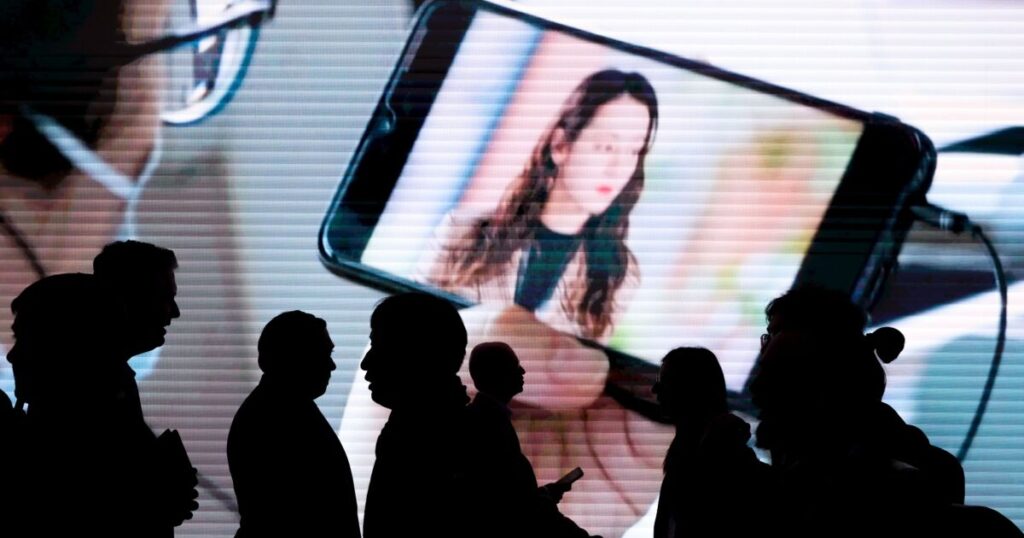How video tech can help P&C insurers with claims

For P&C insurance carriers, it’s often time consuming and costly to collect visual claims information. The process typically requires lengthy commutes to conduct in-person damage assessments.
But this approach can drag out claims timelines. On average, customers are waiting 17.8 days to complete repairs – up 2.9 days from a year ago.
So how can carriers fix this issue? By investing in app-free remote video support.
This technology allows claims personnel to connect directly with customers via video. The benefits: lower wait times, more empathetic customer relationships, and a faster claims process overall.
Here, I’ll dive into each benefit to show how app-free video software can help carriers boost customer satisfaction.
Collecting detailed FNOL information
With remote video technology, customer care agents can text customers a video-call link to collect first notice of loss (FNOL) information.
Customers don’t need to download another limited-use app – and adjusters won’t be required to investigate a claim on site. With one tap, the customer can video-call an agent in-browser and use their smartphone’s camera to provide visual FNOL information.
All from the insurance office. No travel. No traffic.
How is this different from a self-service claims portal? The reality is that customer-submitted photos aren’t always best quality, and they don’t always capture the right information. For example, let’s say a customer files FNOL after an electrical house fire. Their photos clearly capture the home’s burnt-out inside, but not the outside. As a result, the customer care agent can’t get enough visual information, and an adjuster still has to investigate on site.
With video technology, an agent can work with the customer to assess damage in real time. The agent can take screenshots to record visual information (say, of a busted ceiling) and use on-screen markup tools to point to specifics. This makes it easy to collect comprehensive, accurate FNOL information, which helps adjusters gauge how to further investigate.
Speeds up the claims process
We’ve already seen that long wait times tend to decrease customer satisfaction. That’s in part because claims personnel are often overwhelmed. Adjusters average 50 to 100 new claims each month – and even more after a mass loss event (like a storm or wildfire).
Remote video technology can help adjusters stay on top of clearing those claims. Instead of wasting time in traffic, they can spend more time investigating claims, which boosts productivity and shortens customer wait times.
Video software also allows adjusters to safely investigate claims after natural disasters and other devastating events (such as a pandemic) that typically create a claims backlog. As long as there’s cell or wifi access, a remote video call can take place.
What’s more: by remotely connecting with customers, adjusters can prioritize travel when it’s needed. For example, let’s say a storm toppled several trees that fell on four customers’ houses. After reviewing their FNOL information, the adjuster can video-call each customer to investigate further. If three claims are relatively minor, the adjuster can gather additional information right on the call. And if the fourth one is more complex, then the adjuster can make an on-site visit.
The bottom line: App-free remote video technology makes this sort of triage possible.
Builds empathy with customers
Loss scenarios are incredibly stressful. Maybe a customer’s lost something important to them, or they’ve been in an accident, or they’ve been the victim of a crime. No matter the situation, making an insurance claim is one of the first steps toward getting help and resolving the issue.
But full resolution may be months, if not years, away – especially if the loss is due to a storm or other natural disaster. The last thing customers need is the perception that their carrier is adding to their troubles or standing between them and resolution.
App-free remote video technology can help on this front in a couple ways. First, it can take the burden of documentation off the customer. Customers don’t have to manually document and upload photos of the damage, which can sometimes be emotional after a traumatic event.
This software can also ease frustration for claims personnel. As one Deloitte insurance researcher put it, claims professionals must be “part detective, part defense attorney, and part psychologist” as they go about assessing claims. But the traditional claims process often leaves customers disgruntled – even when agents and adjusters do everything right.
Remote video technology changes things. It enables face-to-face communication that humanizes the interaction. As the agent or adjuster collects information from the customer, both parties can see each others’ facial expressions and better gauge tone. This creates what’s called ‘visual empathy’ – and research shows it helps people feel more cooperative, engaged, and connected.
In short, video tools humanize a traditionally impersonal claims process.
Give agents and adjusters another tool to help manage customer relationships. A bad claims experience can worsen an already-stressful situation. But a positive claims experience makes loyal customers.
Digital tools are key to slashing wait times and boosting customer satisfaction throughout the claims process. But as one J.D. Power executive notes, “these digital tools are not always meeting expectations, resulting in support staff needing to get involved.”
The takeaway? Before you choose a remote video technology partner, make sure the product is designed to solve problems and not create new ones. It should integrate seamlessly with your claims management software. It shouldn’t require additional apps or software downloads. And it should be able to automatically adjust bandwidth and connect to Wi-Fi.



